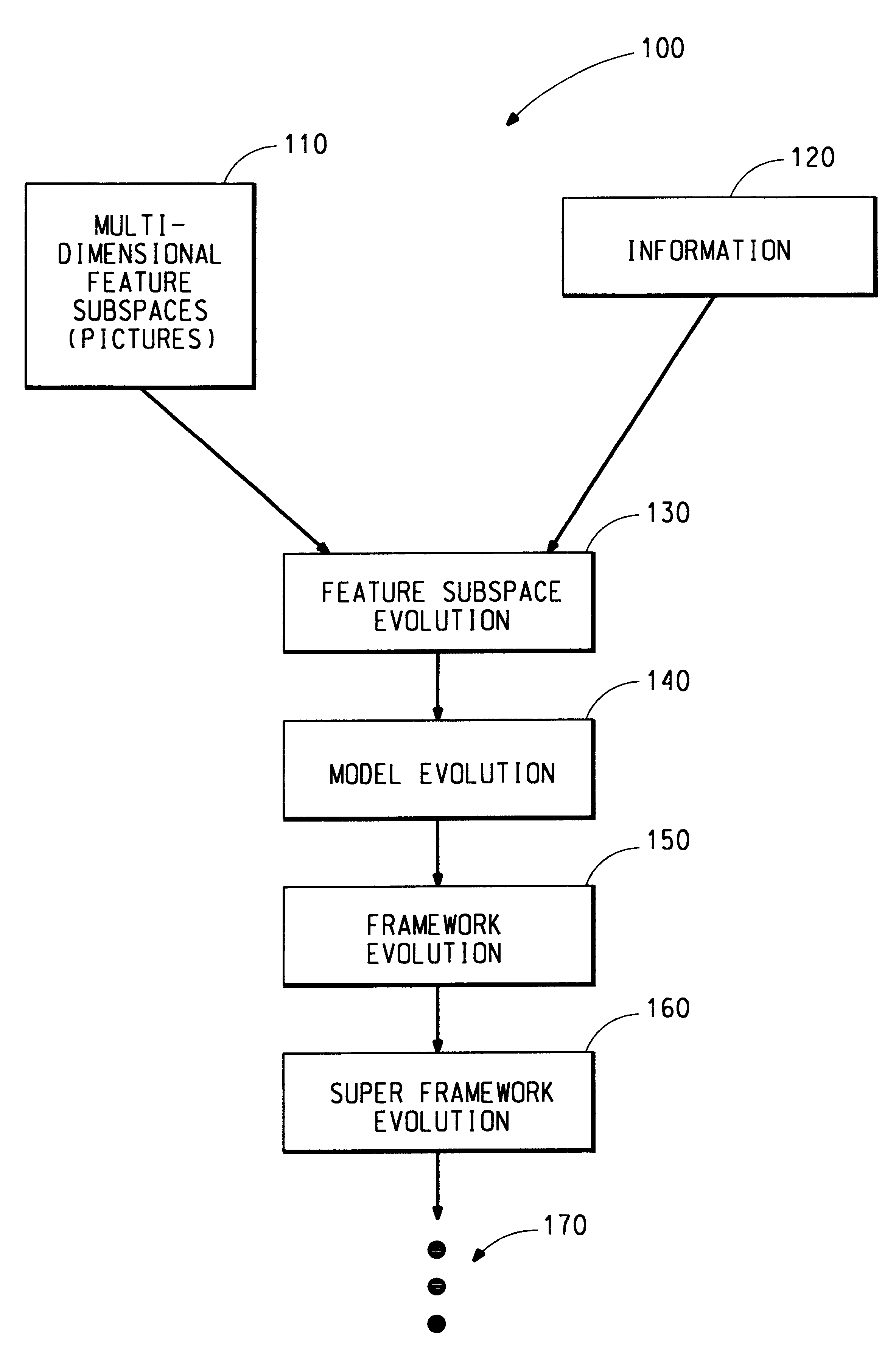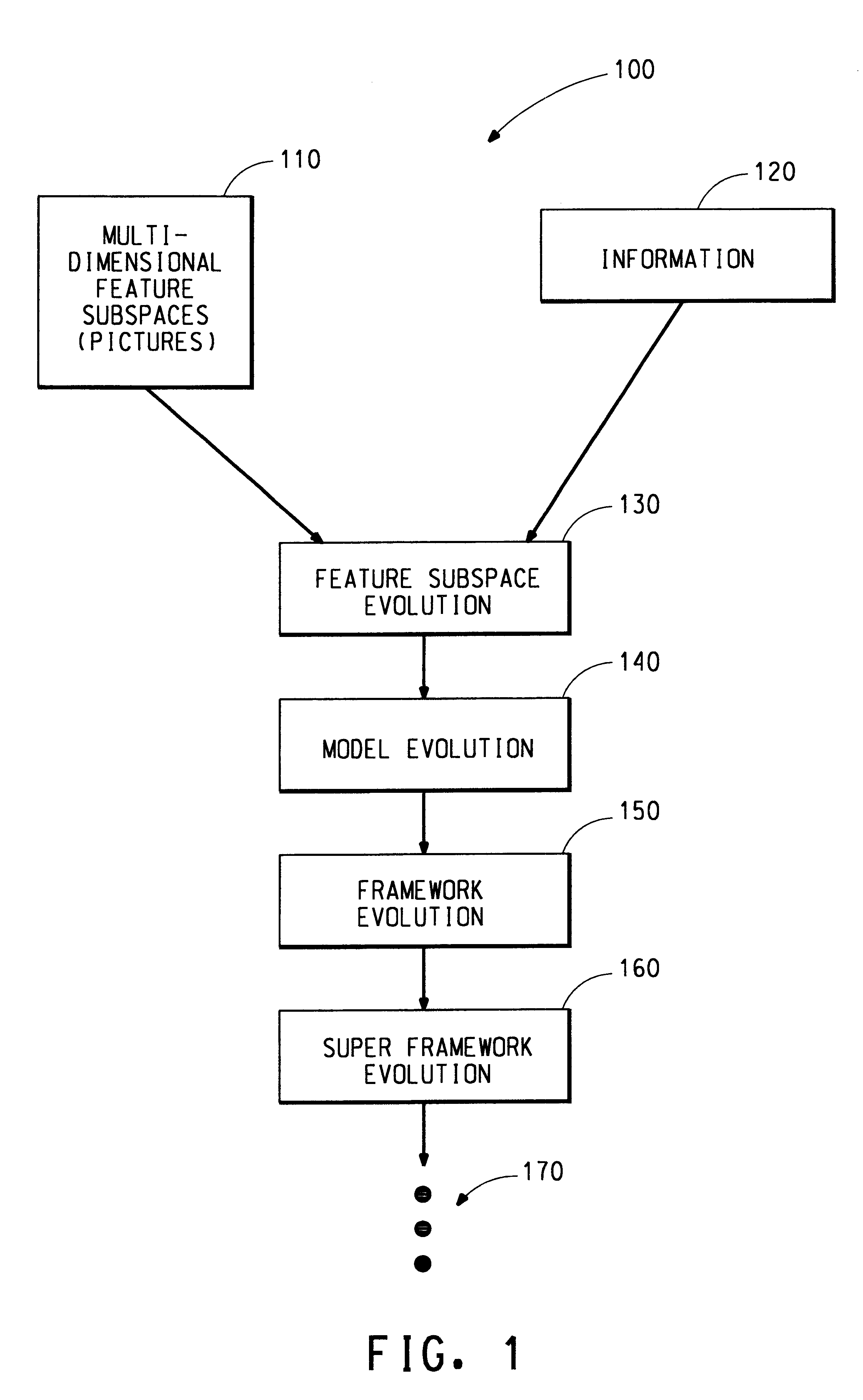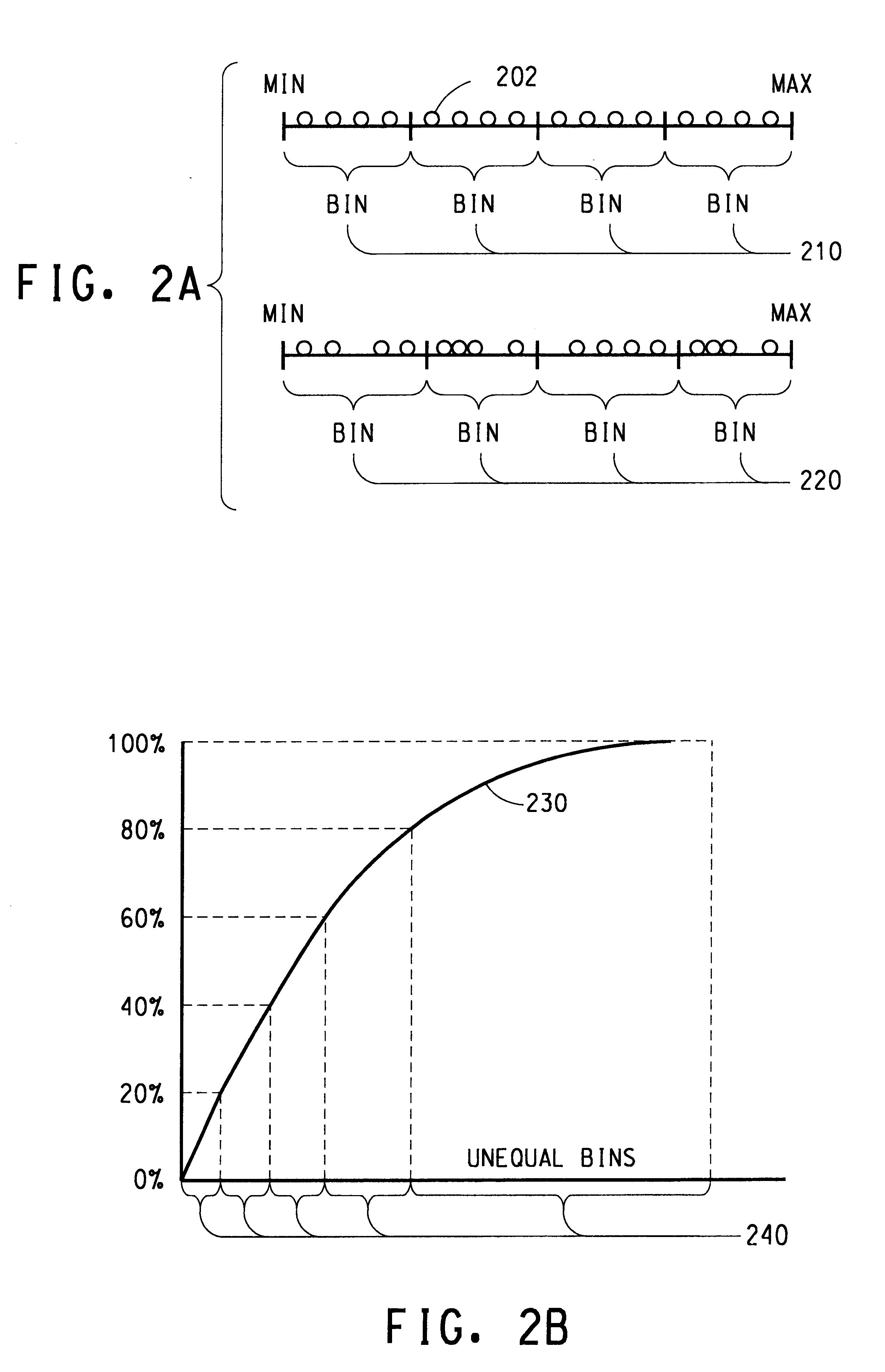Distributed hierarchical evolutionary modeling and visualization of empirical data
a hierarchical evolutionary modeling and empirical data technology, applied in the field of distributed hierarchical evolutionary modeling and visualization of empirical data, can solve the problem of computational impracticality of exhausting search for all possible subspaces, and achieve the effect of accurate prediction of system outputs
- Summary
- Abstract
- Description
- Claims
- Application Information
AI Technical Summary
Benefits of technology
Problems solved by technology
Method used
Image
Examples
example
Homogeneous Polymerase Chain Reaction (PCR) Fragment Identification
[0204]The present invention has been applied to the identification of homogeneous PCR fragments. The present method first identifies the information-rich portion of the DNA melting curve and then evolves optimal models using the information-rich subset of the input spectrum.
Background:
[0205]DNA fragment identification has traditionally been performed by gel electrophoresis. An alternative method using intercalated dyes offers potential time and sensitivity advantages. This method is based on the observation that the dye fluorescence decreases as the double stranded DNA denatures (unwinds) upon heating. Data analysis of the resulting so-called “melt curve”, which plots the fluorescence versus temperature, provides the basis for a unique identification of the DNA fragment. The method, however, requires an accurate identification of a specific DNA fragment both in the presence of other non-specific fragments and in the ...
process example
Manufacturing Process Example
[0252]An important variable in the Kevlar® manufacturing process is the residual moisture retained in the Kevlar® pulp. The retained moisture can have a significant effect both in the subsequent processability of the pulp and resulting product properties. It is thus important to first identify the key factors, or system inputs, that affect moisture retention in the pulp in order to define an optimum control strategy. The manufacturing system process is complicated by the presence of multiple time lags between the input variables and the final pulp moisture due to the overall time frame for the drying process. A spreadsheet model of the pulp drying process can be created where the inputs represent several temperature and mechanical variables at multiple prior times, and the output variable is the pulp moisture at the current time. The most information-rich feature combinations (or genes) can be evolved using the InfoEvolve™ method described herein to disc...
detection example
Fraud Detection Example
[0253]Fraud detection is a particularly challenging application, not only because it is hard to build a training set of known fraudulent cases, but also because fraud may take on many forms. The detection of fraud can lead to significant cost savings for a business able to prevent fraud by predictive modeling. Identification of system inputs that can determine with some threshold probability that fraud will occur is desirable. For example, by first determining what is a “normal” record, records that vary from the norm by more than some threshold may be flagged for closer scrutiny. This might be done by applying clustering algorithms and then examining records that do not fall into any cluster, or by building rules that describe the expected range of values for each field, or by flagging unusual associations of fields. Credit card companies routinely build this feature of flagging unexpected usage patterns into their charge authorization process. If a cardholde...
PUM
 Login to View More
Login to View More Abstract
Description
Claims
Application Information
 Login to View More
Login to View More - R&D
- Intellectual Property
- Life Sciences
- Materials
- Tech Scout
- Unparalleled Data Quality
- Higher Quality Content
- 60% Fewer Hallucinations
Browse by: Latest US Patents, China's latest patents, Technical Efficacy Thesaurus, Application Domain, Technology Topic, Popular Technical Reports.
© 2025 PatSnap. All rights reserved.Legal|Privacy policy|Modern Slavery Act Transparency Statement|Sitemap|About US| Contact US: help@patsnap.com



